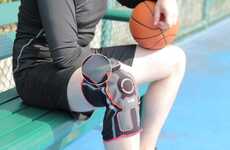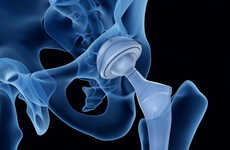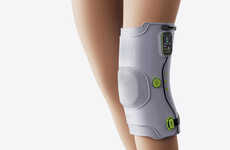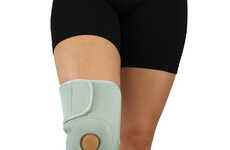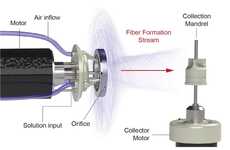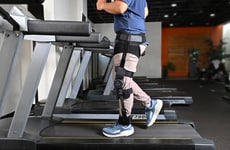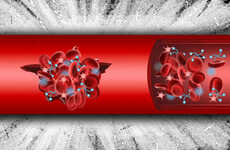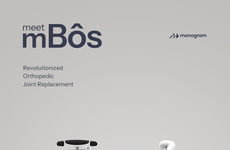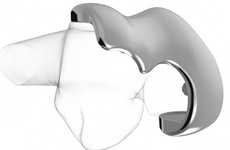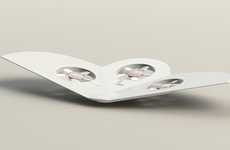
Scientists are Engineering Man-Made Anterior Cruciate Ligaments
Rahul Kalvapalle — January 5, 2015 — Lifestyle
References: mccormick.northwestern.edu & gizmag
The anterior cruciate ligament or ACL is a term that's very familiar to athletes and sports fans. Connecting the femur bone to the tibia, this ligament is incapable of fully healing when it breaks, making ACL injuries one of the most feared kinds of injuries among athletes. However, scientists at Northwestern University in Illinois are working on creating an artificial ligament which would help make treatment a lot more effective.
This artificially engineered anterior cruciate ligament comprises braided polyester fibers which have a tensile strength similar to that of natural ligaments. The ends of the fibers are blended into a special biomaterial.
The scientists have tested their technology on rabbits, and found that the animals' bone and tissue cells began migrating into the biomaterial. This means that over time, the artificial ACL could be completely incorporated into the body. However, the team still needs to conduct many more studies before they can begin testing the technology on humans.
This artificially engineered anterior cruciate ligament comprises braided polyester fibers which have a tensile strength similar to that of natural ligaments. The ends of the fibers are blended into a special biomaterial.
The scientists have tested their technology on rabbits, and found that the animals' bone and tissue cells began migrating into the biomaterial. This means that over time, the artificial ACL could be completely incorporated into the body. However, the team still needs to conduct many more studies before they can begin testing the technology on humans.
Trend Themes
1. Man-made Ligaments - Creating man-made ligaments with technology and biomaterials for more effective injury treatment.
2. Artificial Organs - Developing artificial organs with similar properties to natural organs for potential organ transplants and replacements.
3. Biomedical Engineering - Advancing biomedical engineering to create innovative solutions for medical treatments and procedures.
Industry Implications
1. Orthopedic - Creating new opportunities for orthopedic companies to incorporate advanced ligament technology into their products and services.
2. Biotechnology - Offering opportunities for biotech companies to further develop biomaterials for medical applications such as artificial organs and other body parts.
3. Medical Devices - Creating potential for the development of new medical devices for treatment of sports injuries and other bodily ailments.
2.9
Score
Popularity
Activity
Freshness

